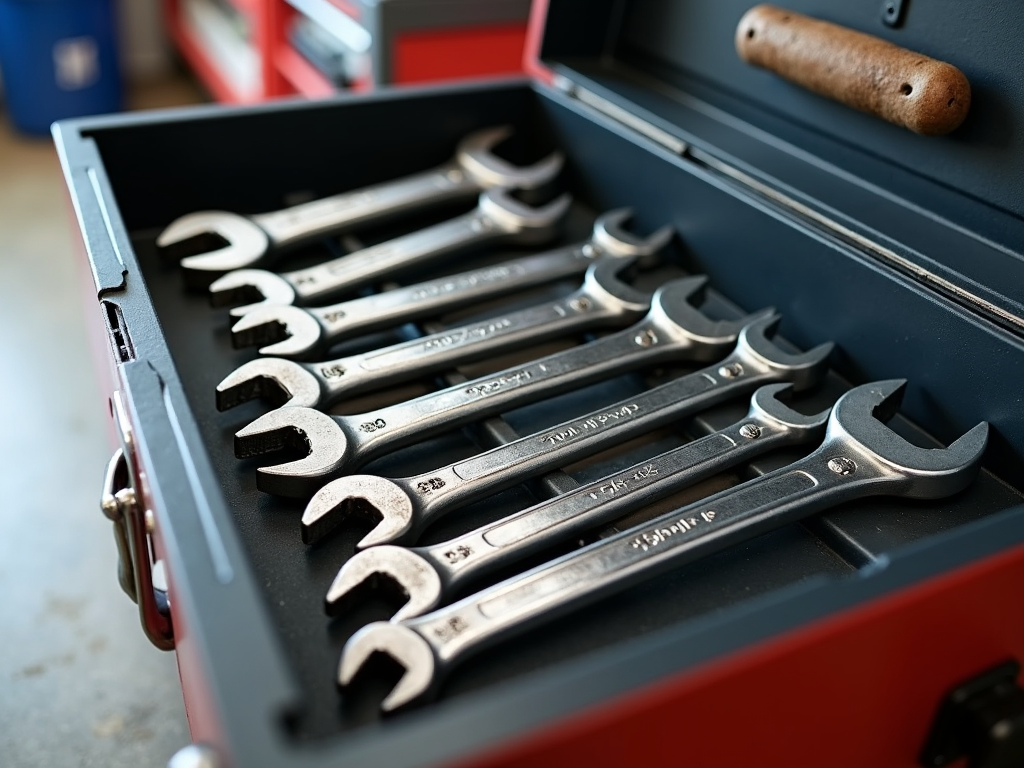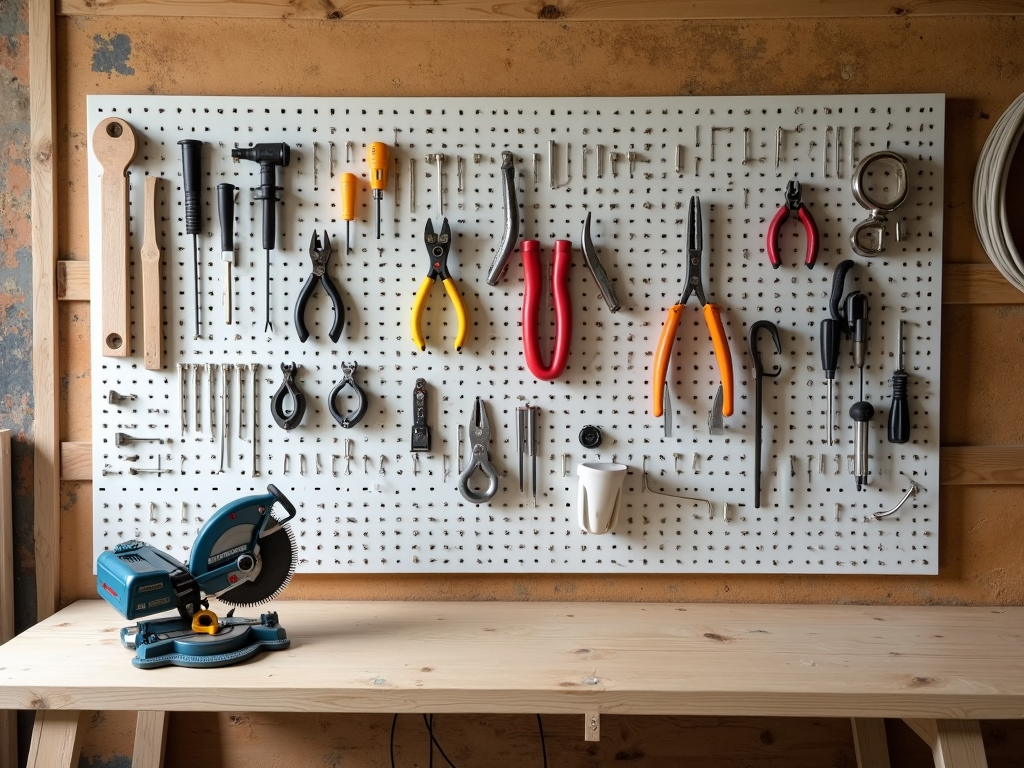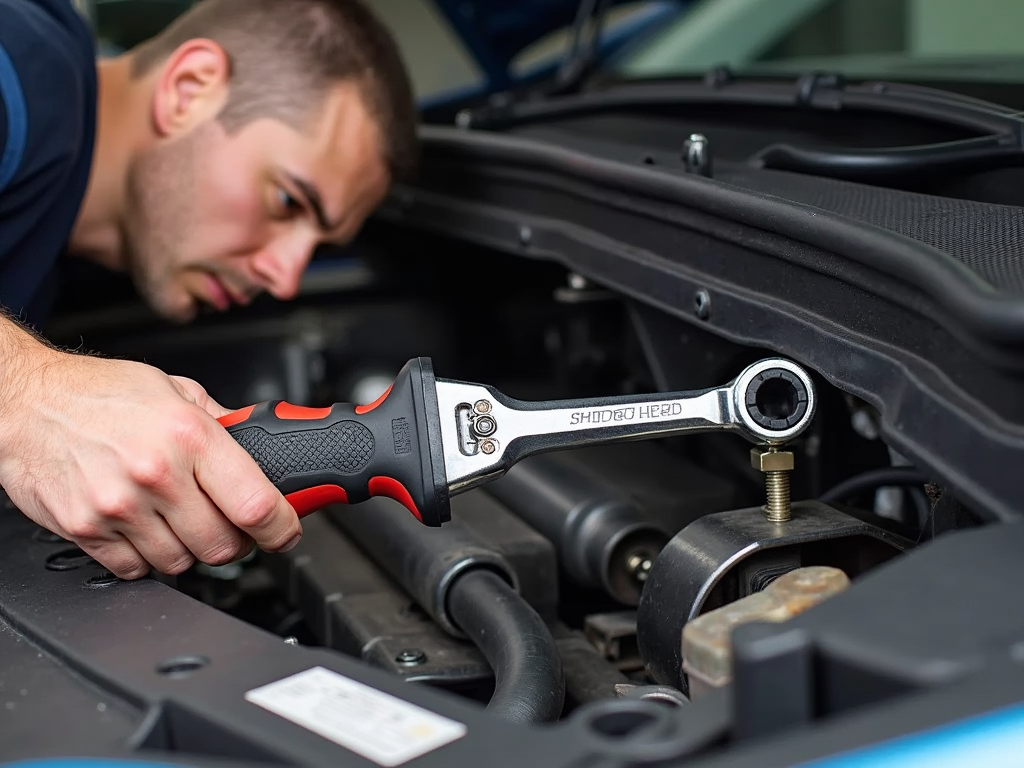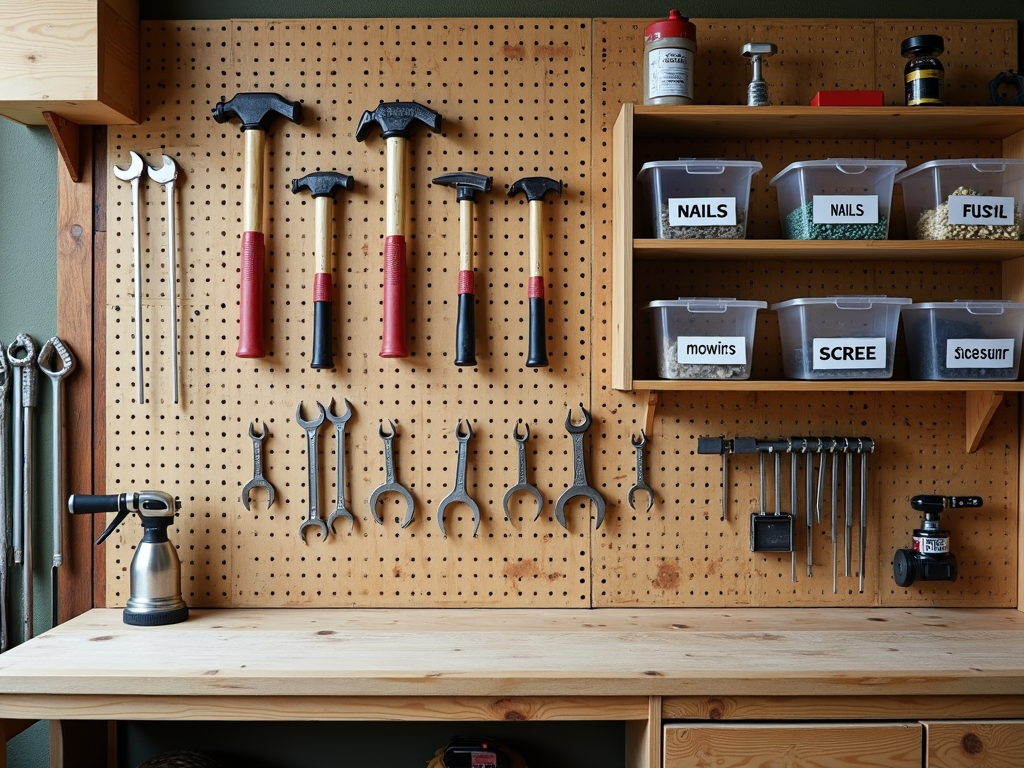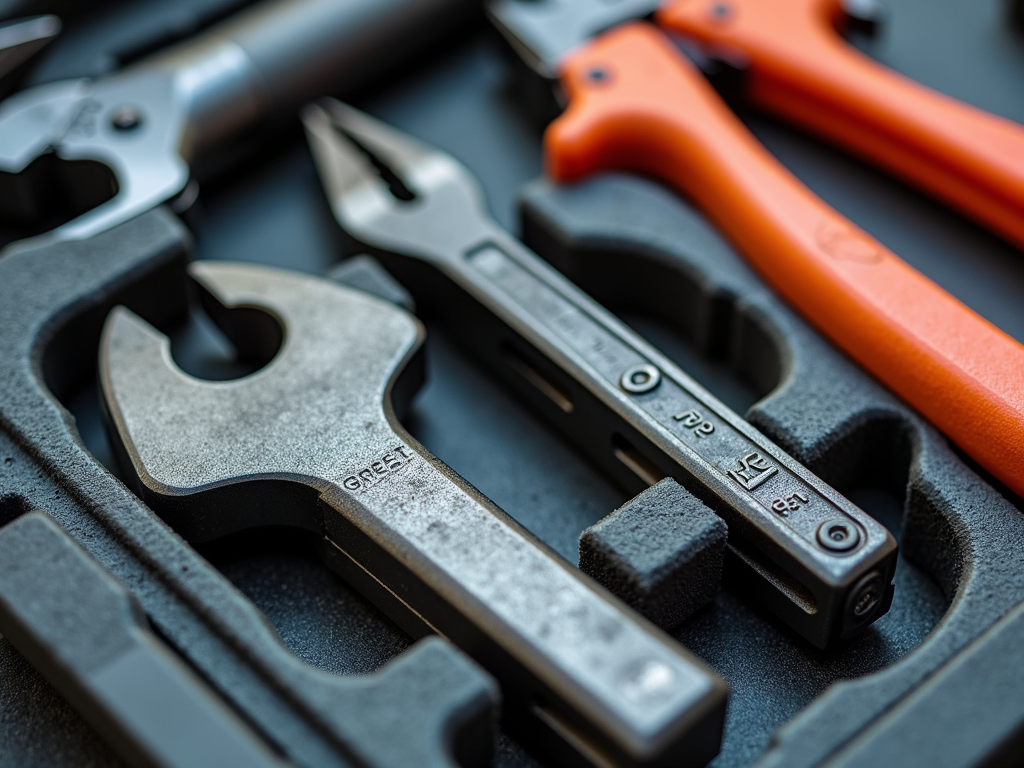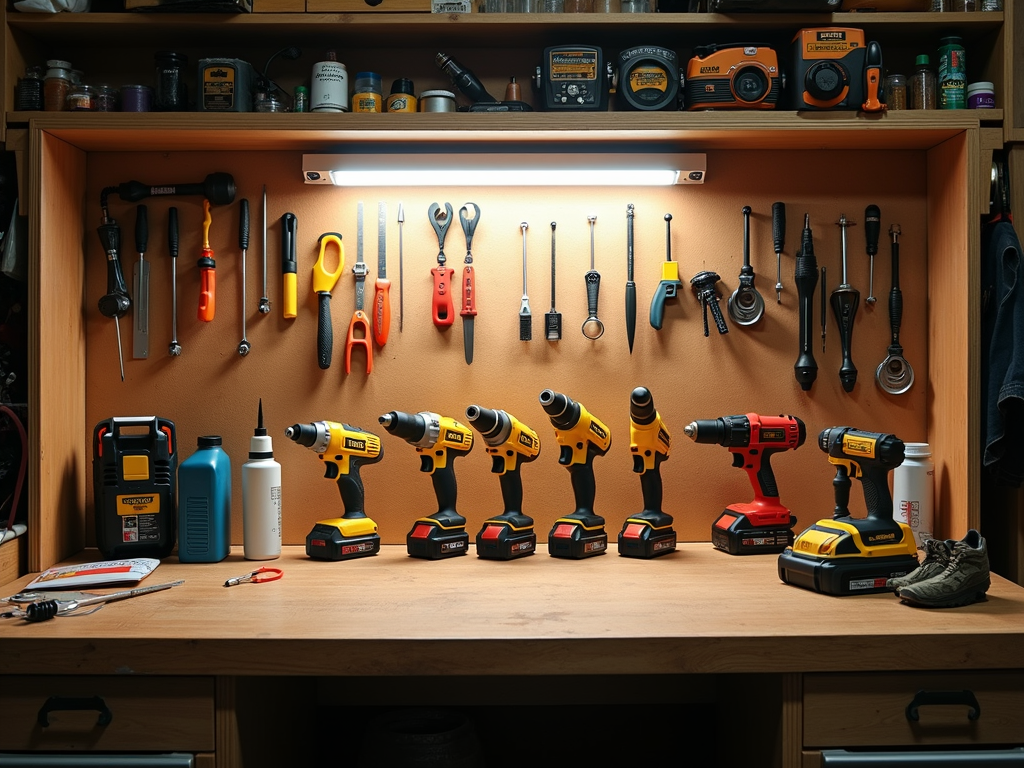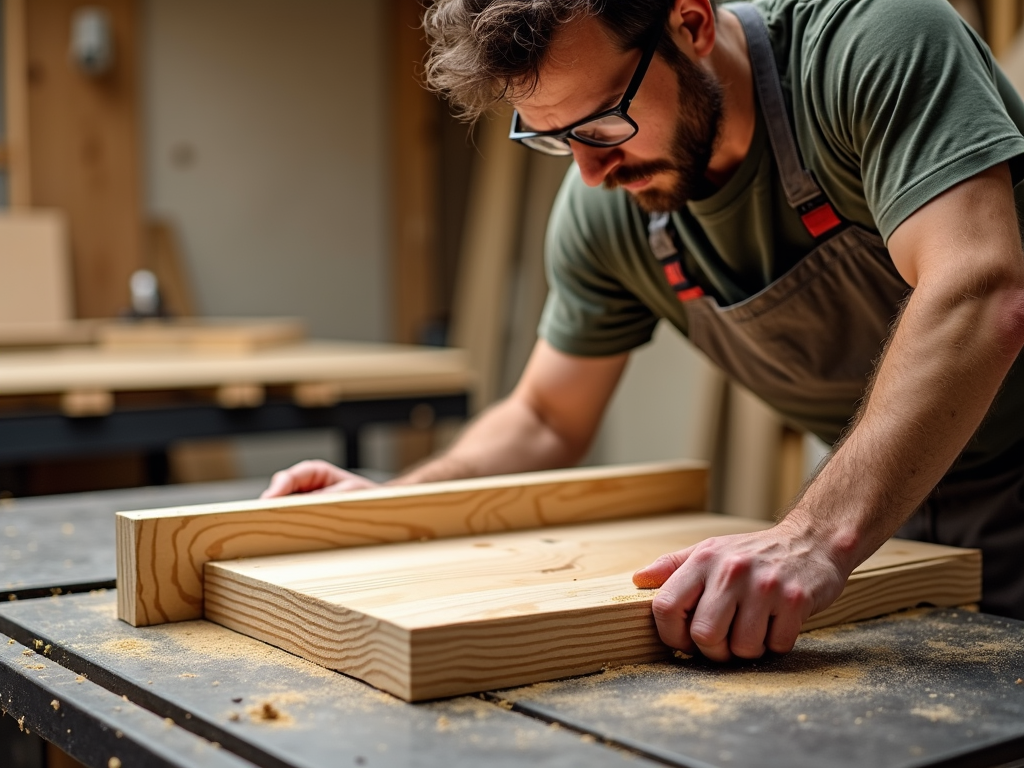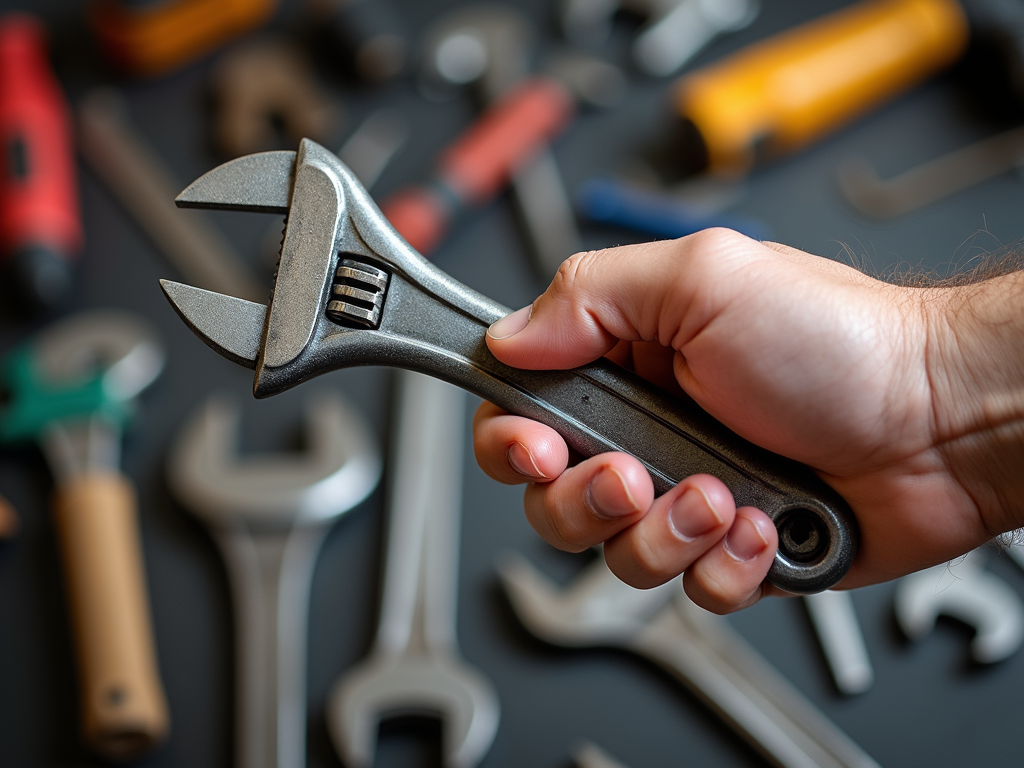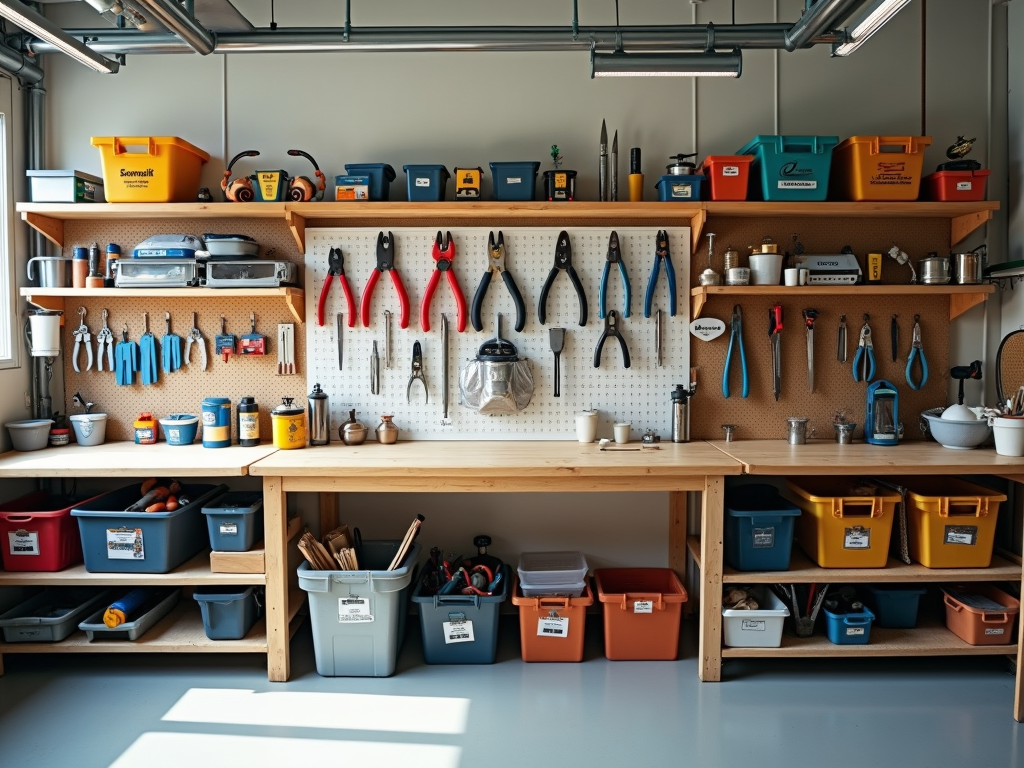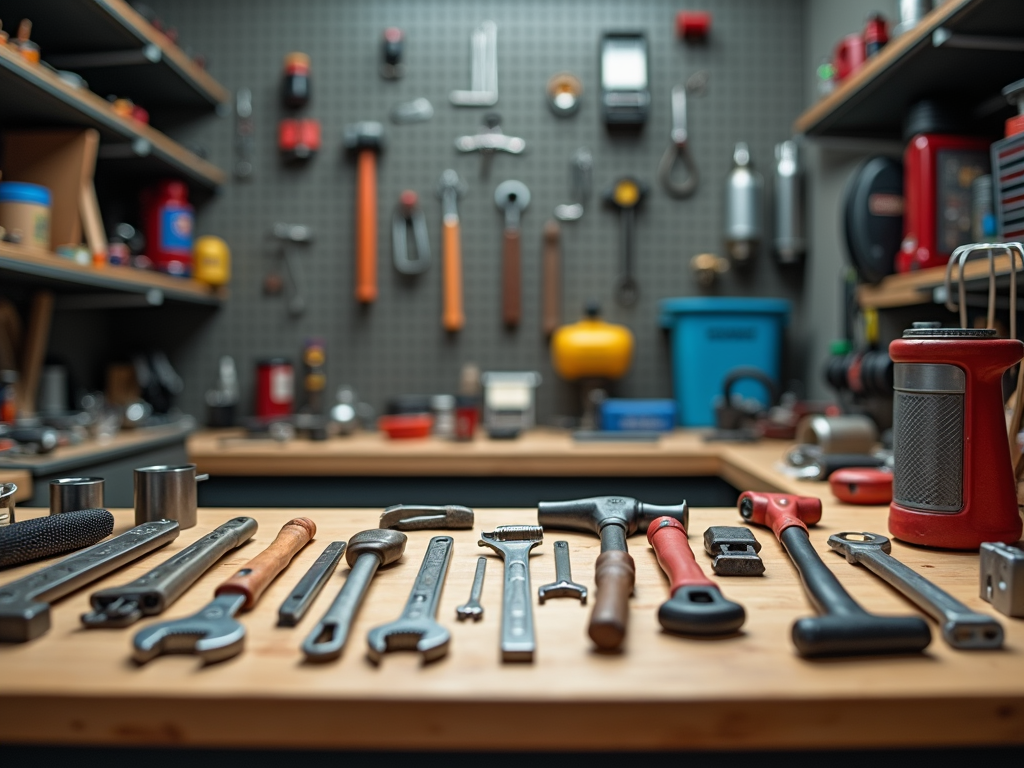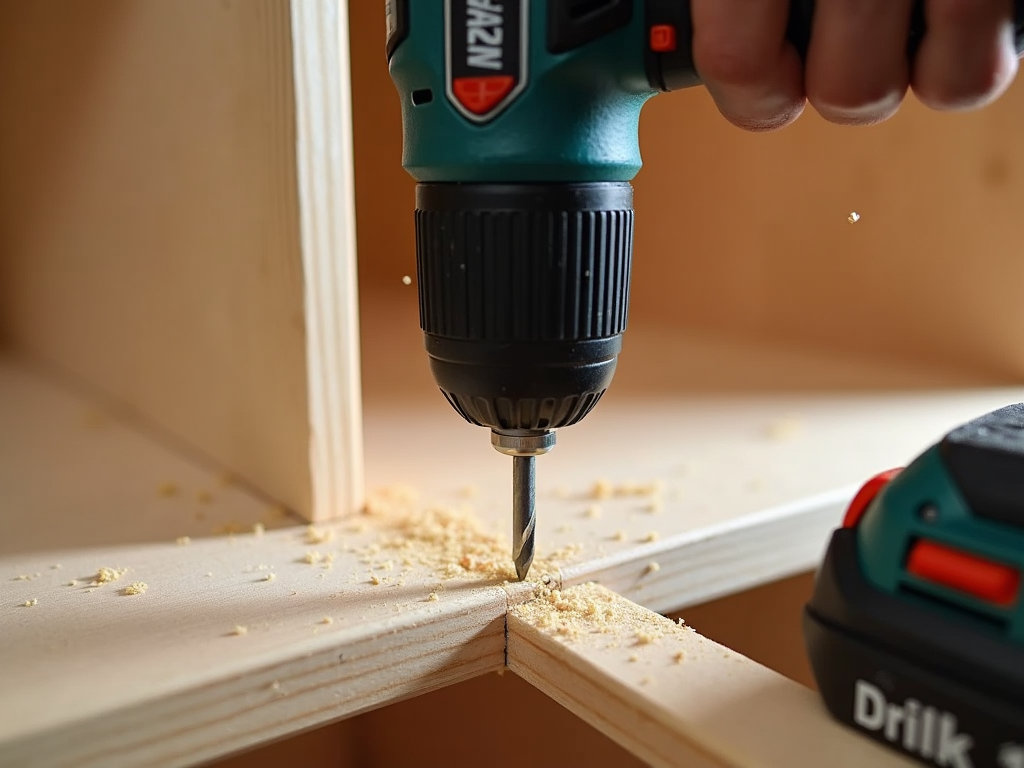Overview
Power washers are fantastic for cleaning tough dirt off surfaces like driveways and decks. To get the most out of these power tools, you need to know their components. This article breaks down each part and shows how they improve performance.
Why Knowing Your Power Washer Matters
Power washers can make cleaning a breeze, but only if they work right. Understanding power washer components for better performance helps you use them effectively and fix problems fast. Whether you’re blasting grime off a patio or washing a car, knowing the machine’s parts is key.

The Motor: Powering It All
The motor is the heart of any power washer. It runs the pump that pushes water out at high pressure. Motors come in electric or gas versions. Electric ones are quieter and great for small jobs, while gas motors pack more punch for big tasks.
I’ve used both types, and here’s what I’ve learned: a gas motor cuts cleaning time on large surfaces, but it’s louder. For a quick car wash, an electric one does the job without waking the neighbors.
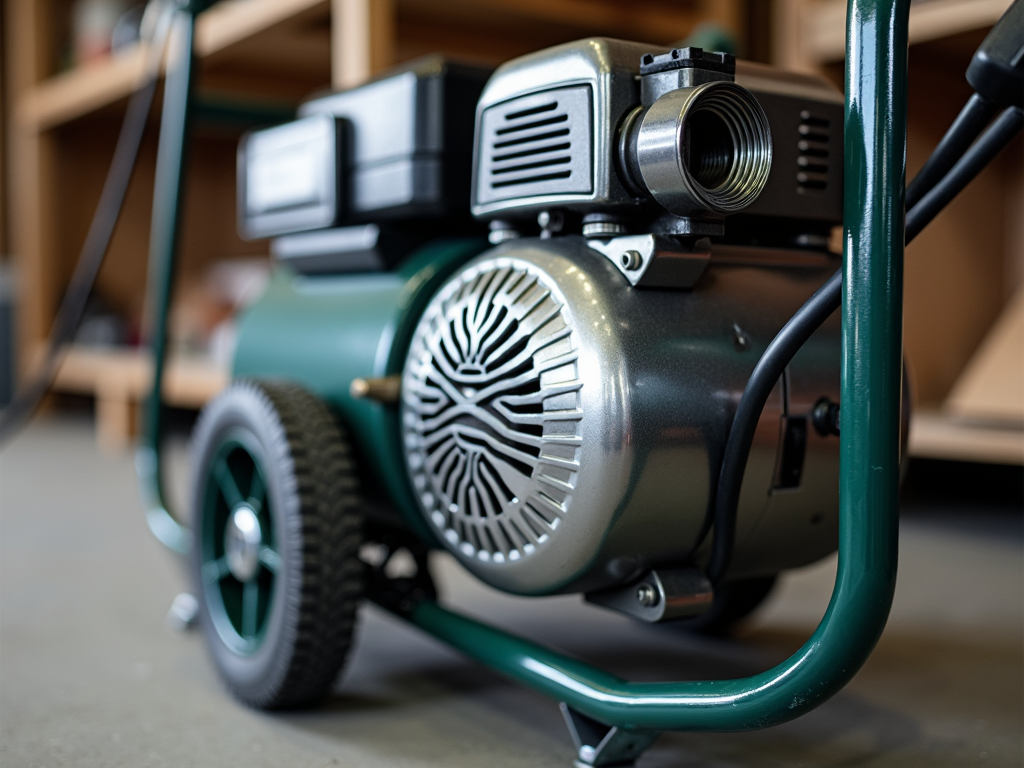
The Pump: Making Pressure Happen
The pump takes water from your hose and ramps up its pressure. There are two common types: axial and triplex. Axial pumps are affordable and fine for home use, but they wear out faster. Triplex pumps last longer and handle heavy-duty work.
Quick Tip: If your water pressure drops, check the pump first. A clogged inlet or worn seals might be the culprit. I once saved a pump by cleaning its filter—simple but effective.
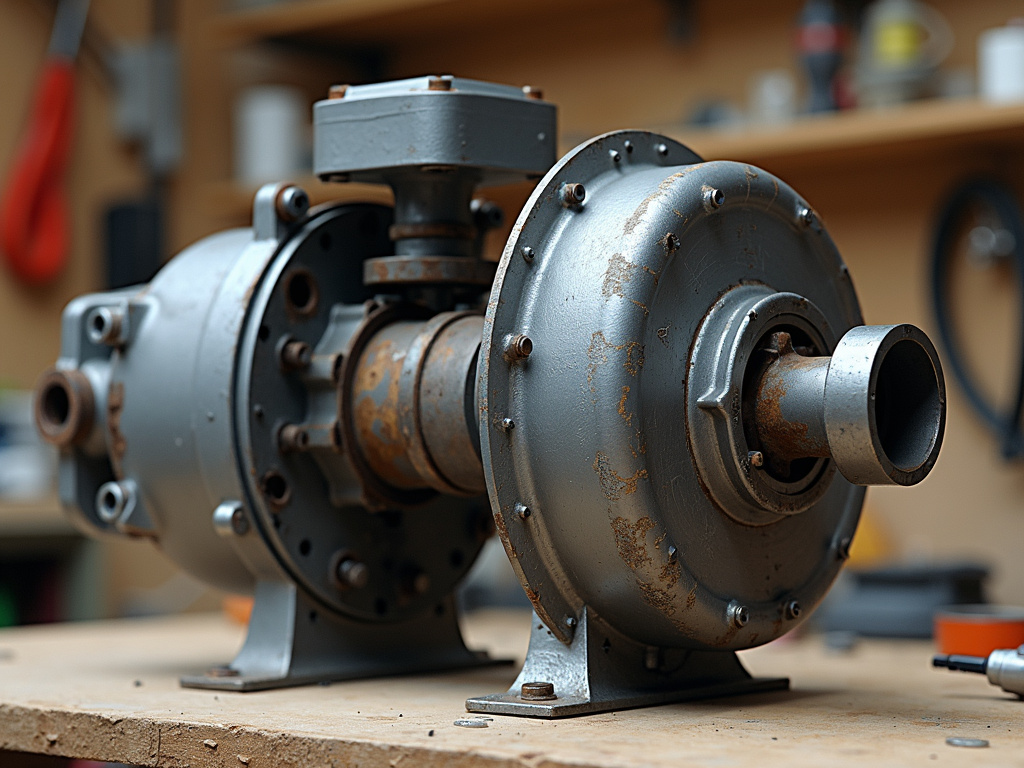
The Hose: Getting Water Where It Needs to Go
The hose delivers pressurized water from the pump to the nozzle. A good hose is tough—think reinforced rubber or steel-braided. Length matters too. A 25-foot hose gives you room to move, but too long, and you lose some pressure.
I’ve found that coiling the hose neatly after use prevents kinks. One time, a kinked hose slowed me down, but straightening it out fixed the flow instantly.
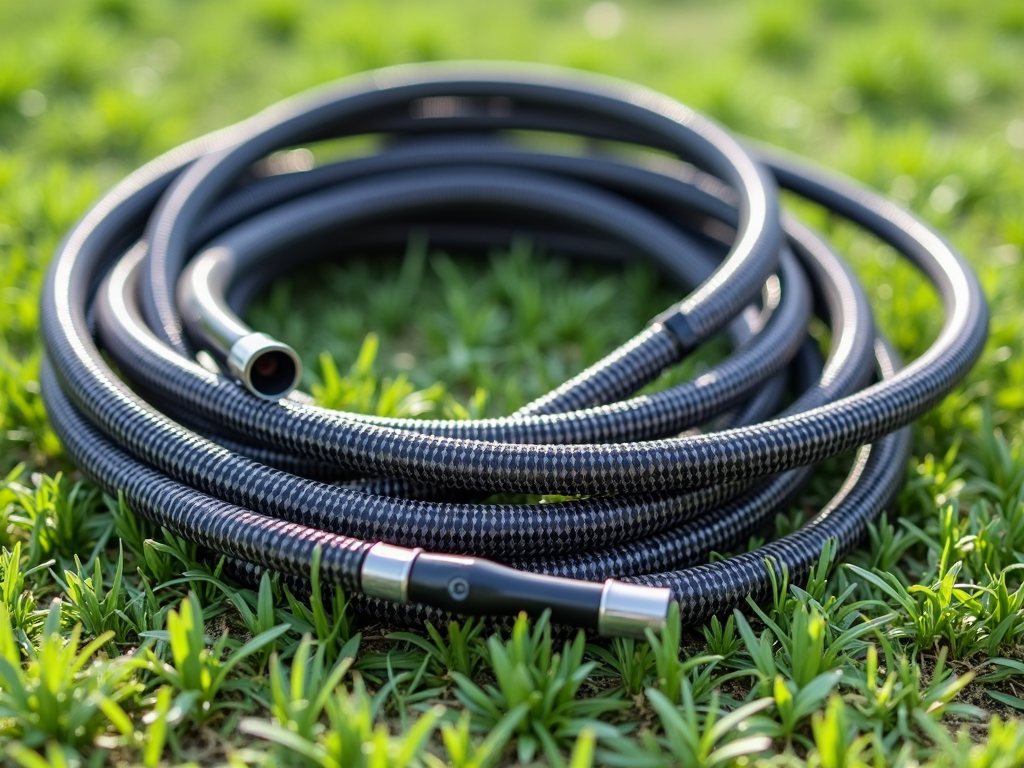
The Nozzle: Shaping the Spray
The nozzle controls how water comes out. Most power washers come with a set of nozzles, each with a different spray angle. A 0-degree nozzle blasts a tight stream for stubborn dirt, while a 40-degree one spreads out for lighter cleaning.
My Experience: I used a 15-degree nozzle on a grimy deck once—worked like a charm. Start wide and adjust tighter only if needed to avoid damaging surfaces.
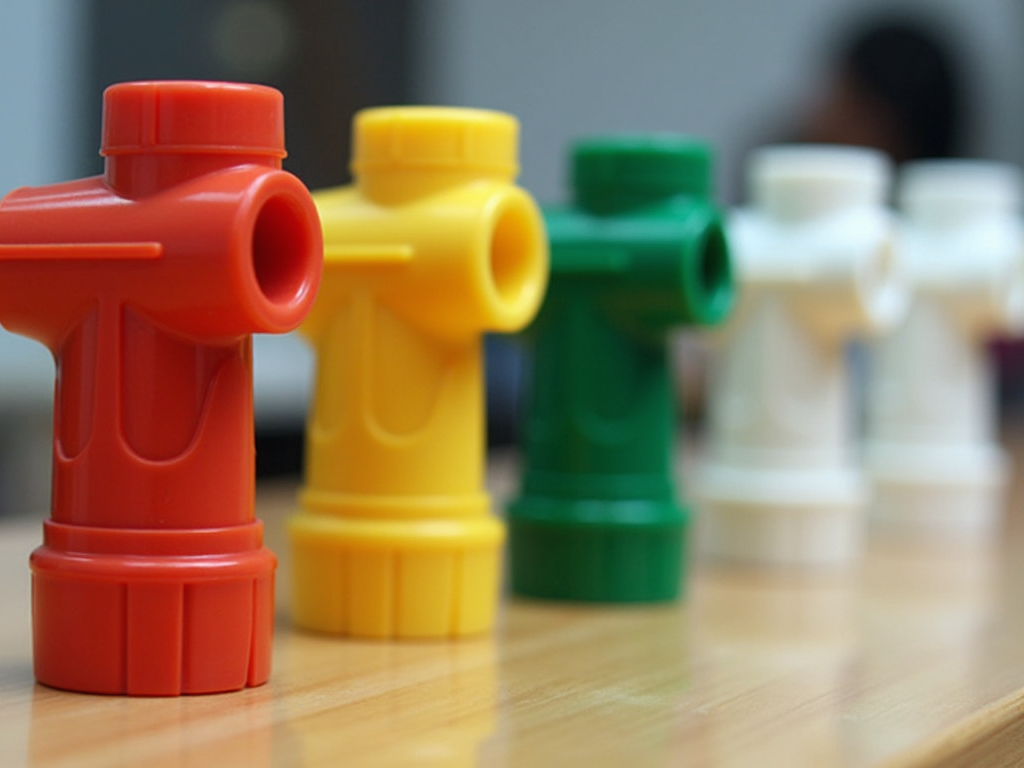
Extra Parts That Make a Difference
Here’s a quick rundown of other components:
- Water Inlet Filter: Keeps dirt out of the pump.
- Pressure Relief Valve: Stops the pump from overloading.
- Detergent Tank: Adds soap for extra cleaning power.
Cleaning the inlet filter regularly has kept my power washer running smoothly. It’s an easy step that prevents big headaches.
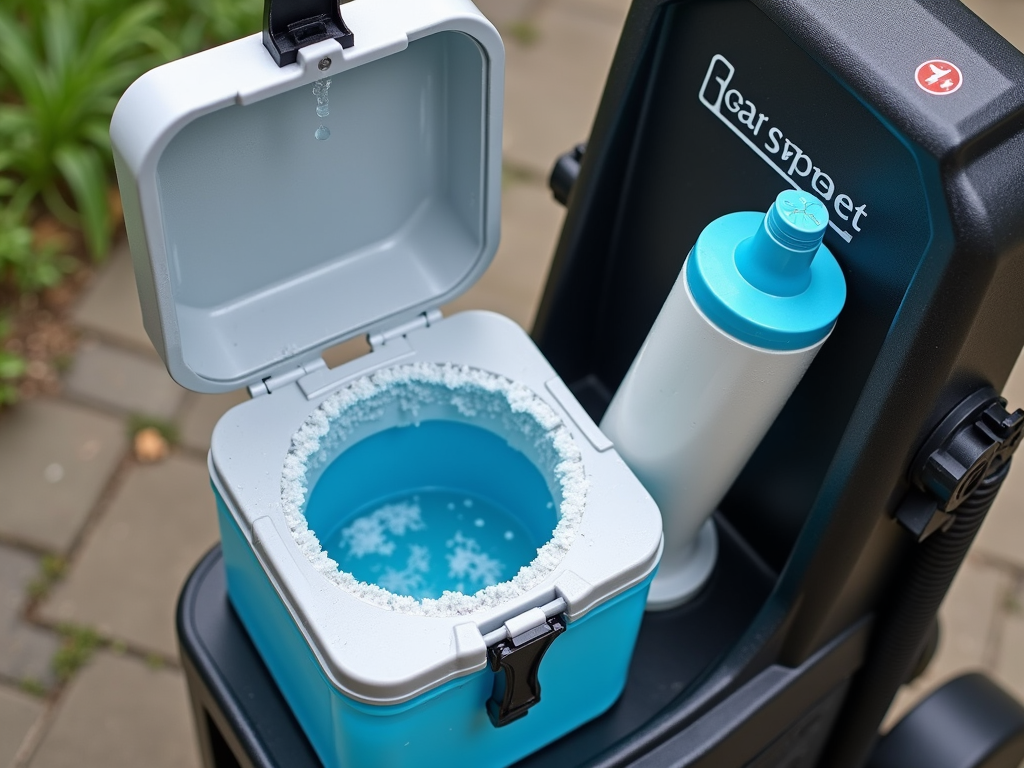
How Components Affect Performance
Each part plays a role in how well your power washer works. A strong motor and pump mean higher pressure. A good hose and nozzle let you aim that pressure right where you need it. If one part fails, the whole system suffers.
For example, a weak pump once left me scrubbing by hand. Upgrading to a better model made all the difference.
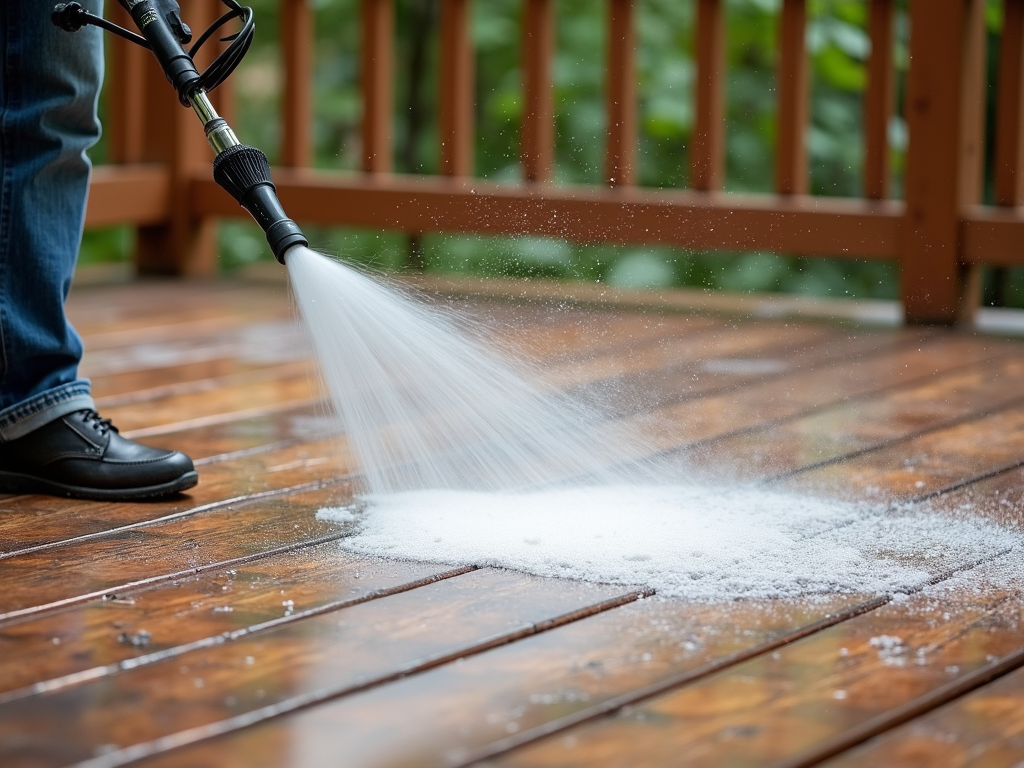
Power Washer Troubleshooting and Repair
Problems happen, but knowing your machine helps you fix them. Here’s a table of common issues and solutions:
| Problem | Possible Cause | Fix |
|---|---|---|
| Low pressure | Clogged nozzle or hose | Clear blockages |
| Motor won’t start | Loose plug or bad cord | Check connections |
| Water leaks | Worn seals or loose parts | Tighten or replace seals |
The University of Missouri Extension has a great guide on maintaining small engines like those in power washers. It’s worth a read.

Maintenance Tips for Longevity
Keep your power washer in top shape with these steps:
- Flush It Out: Run clean water through after using detergent.
- Check Hoses: Look for cracks or leaks every few uses.
- Store Properly: Drain water and keep it in a dry spot.
I learned this the hard way when I left water in mine over winter—it froze and cracked the pump. Now, I drain it every time.
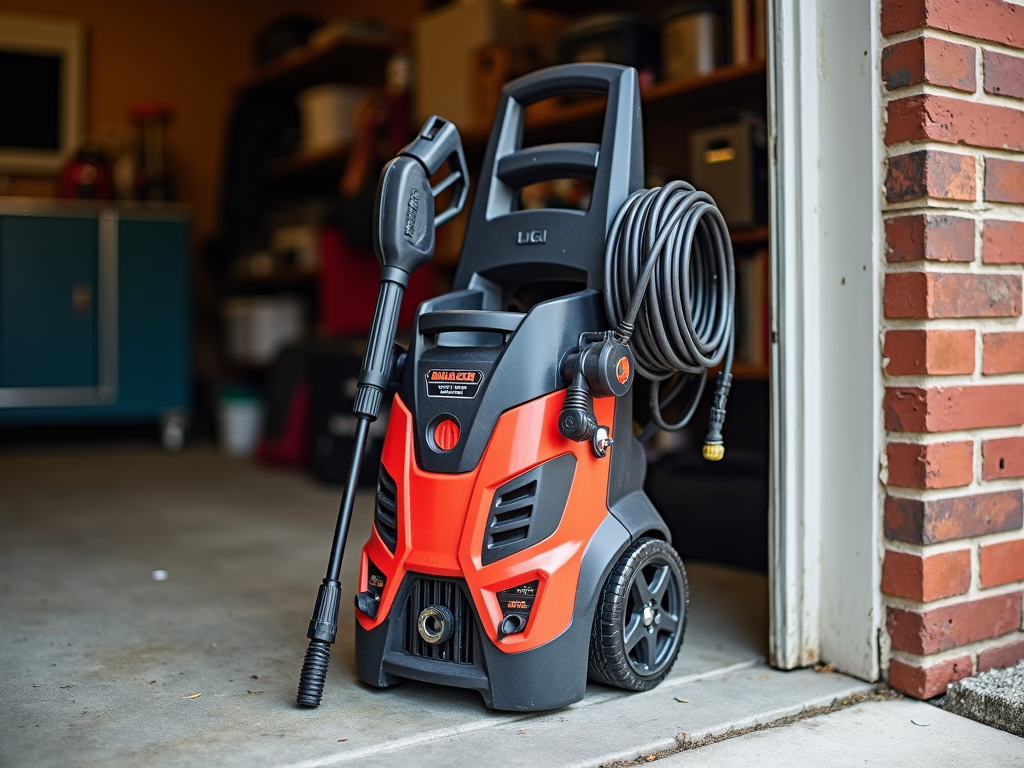
Choosing the Right Power Washer
Not all power washers are the same. For light jobs (cars, patio furniture), a 1,500 PSI electric model works fine. For heavy duty (driveways, fences), aim for 3,000 PSI or more with a gas motor. The Consumer Reports guide breaks this down well.
I started with a small electric one, but upgrading to gas was a game-changer for bigger projects.
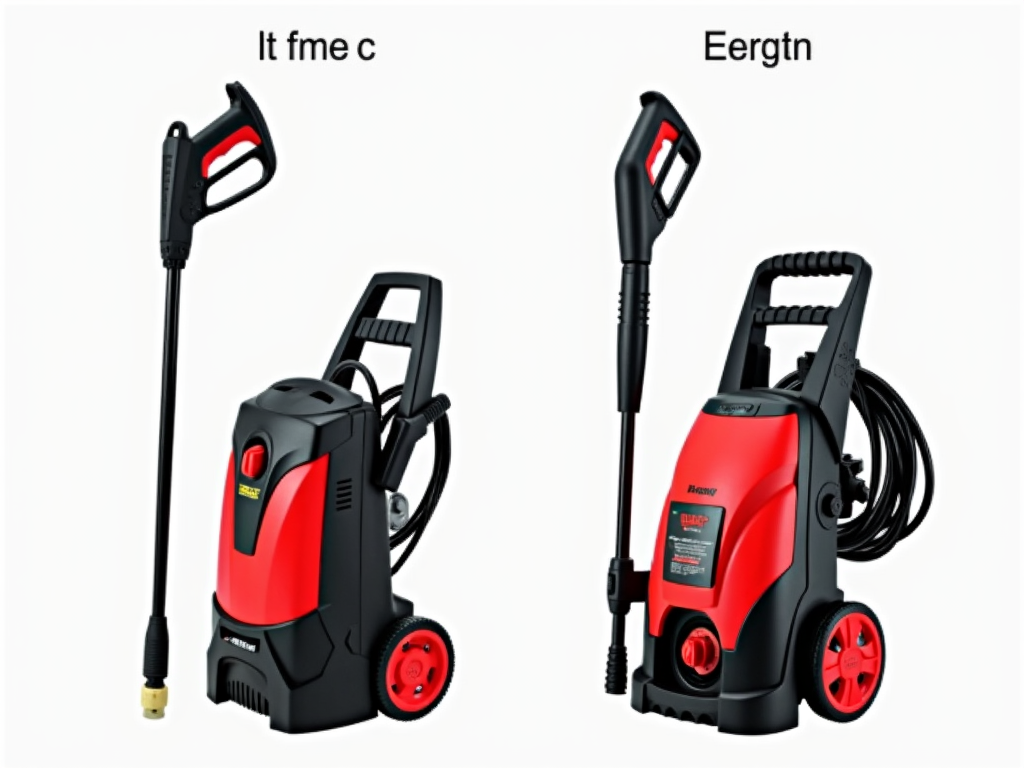
Summary
Power washers are amazing power tools when you understand their components. The motor, pump, hose, and nozzle all work together for top performance. Knowing how they function helps with troubleshooting and repair, keeping your machine ready for any job. Dive into the recommended readings below for more tips!
Related Understanding Power Washer Components for Better Performance:
- Rust Prevention 101: Protecting Your Metal Tools
- How to Maintain Your Hand Tools for Longevity
- The Best Ratcheting Wrenches for Fast Repairs: A Comprehensive Guide
- How to Organize Your Workshop for Maximum Efficiency
- Tool Maintenance Tips for Longevity: Essential Guide for Workman Tools
- Safety Tips for Using Power Tools: A Comprehensive Guide
- Tablesaws with Advanced Safety Mechanisms: A Comprehensive Guide
- How to Choose the Right Wrench for Your Project
- How to Organize Your Workshop for Maximum Efficiency
- Tool Organization Tips for Painters: Boost Your Efficiency and Creativity
- Essential Tools for Every Workman's Toolbox: A Comprehensive Guide
- Best Power Tools for DIY Beginners
